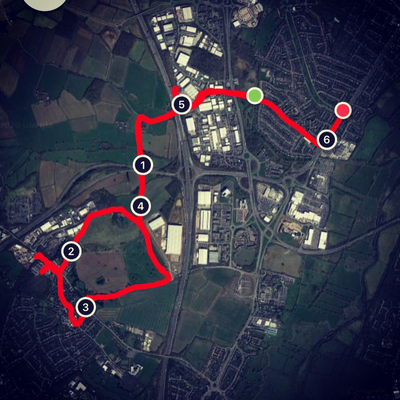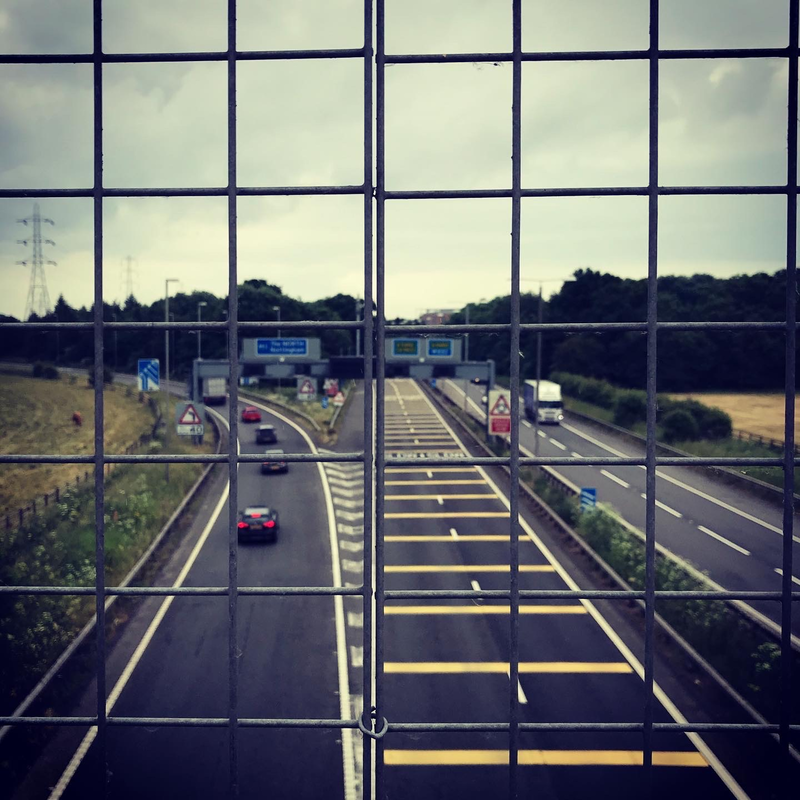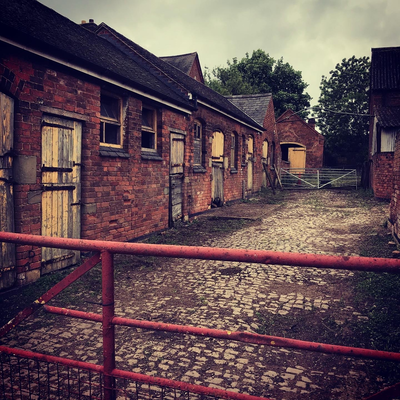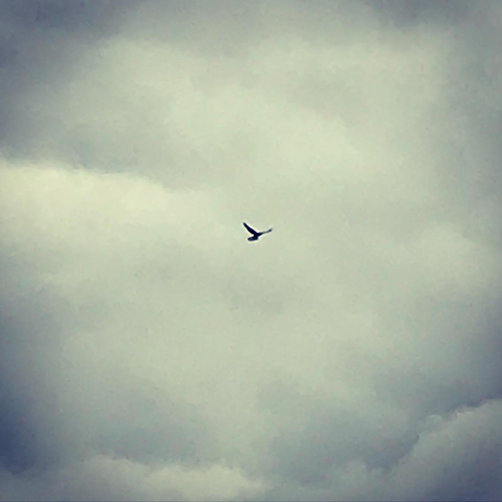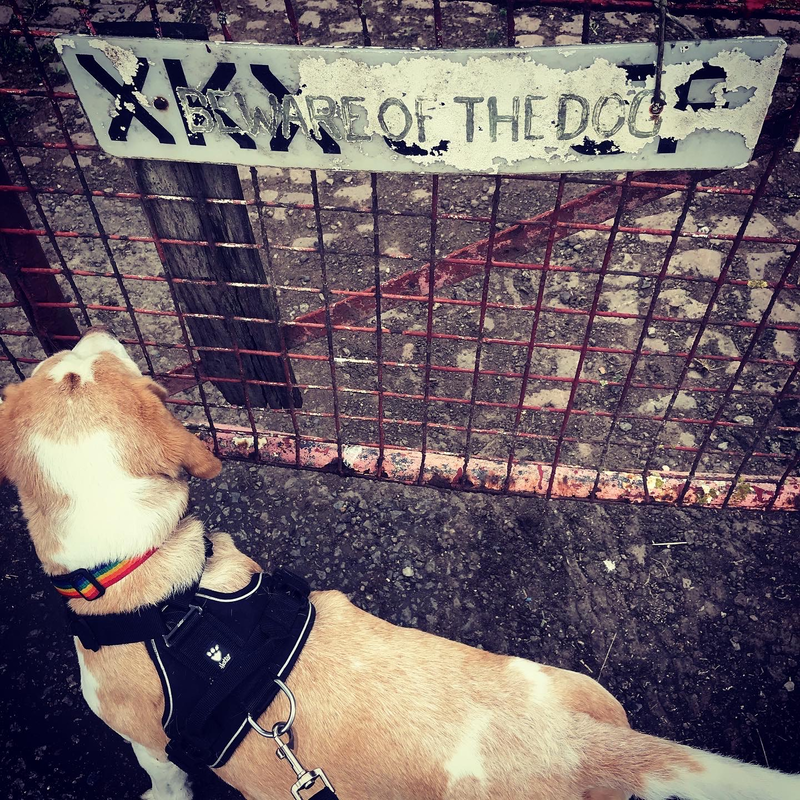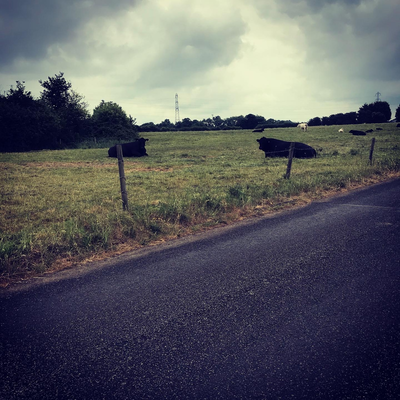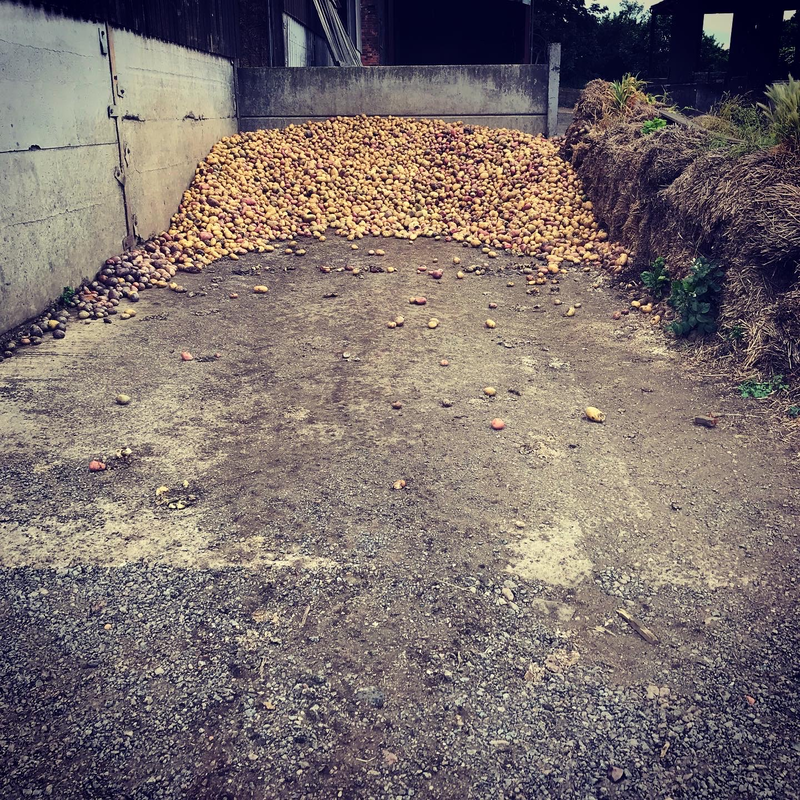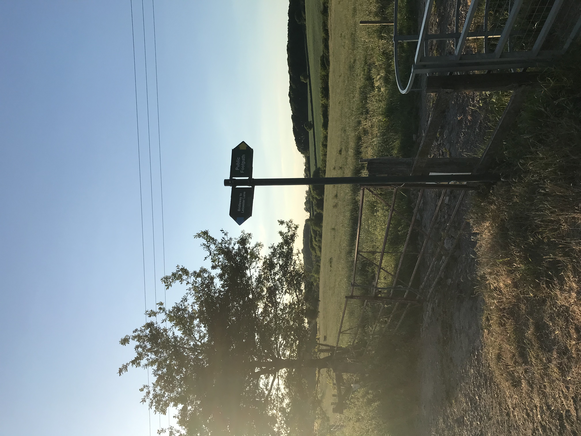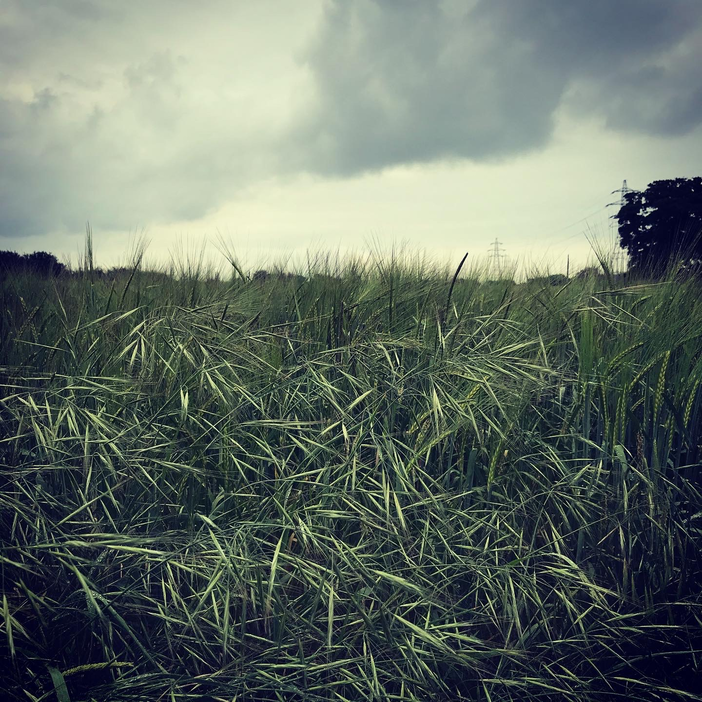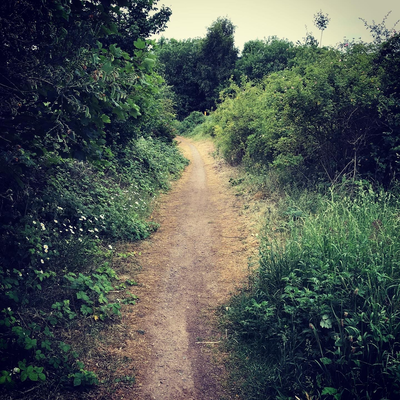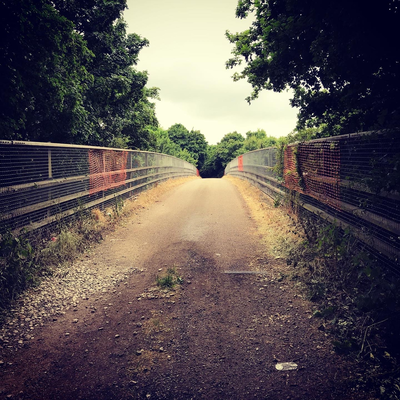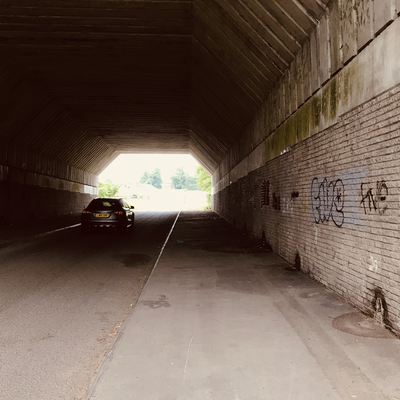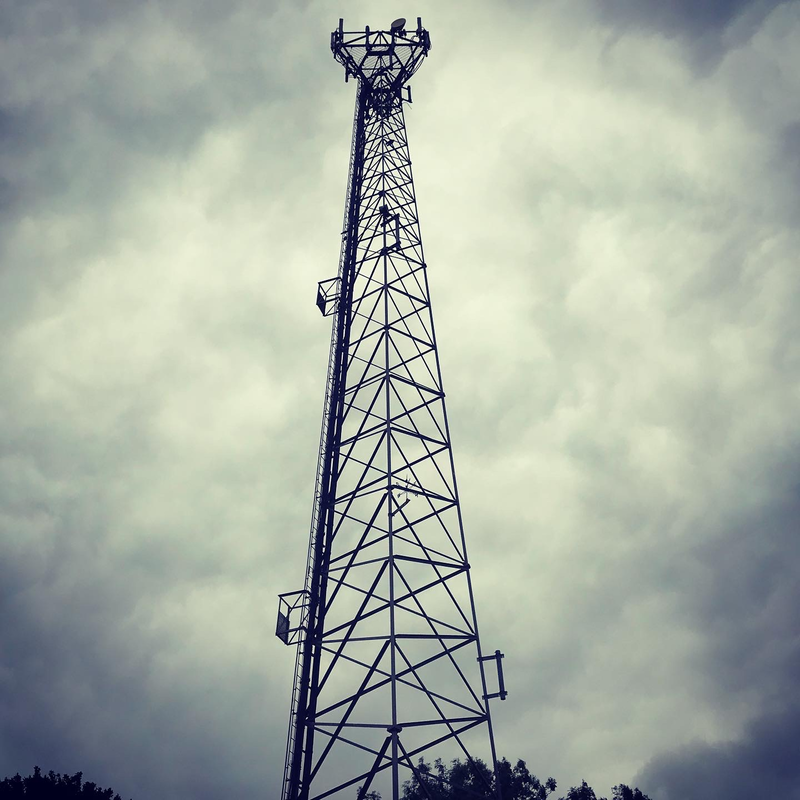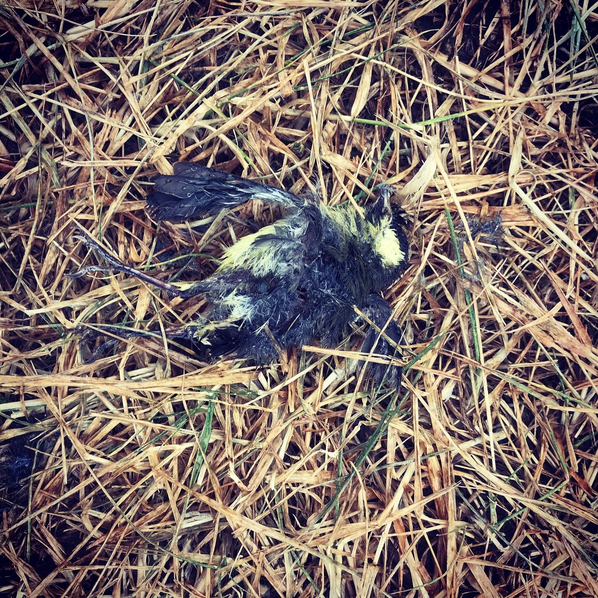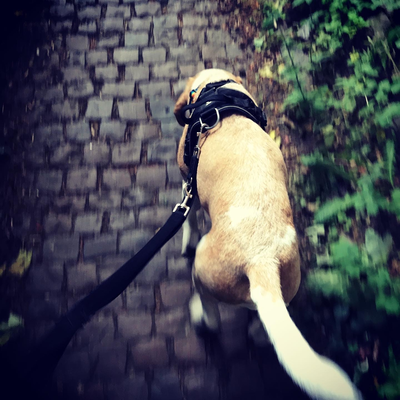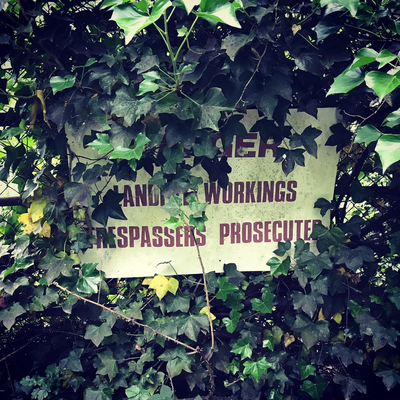On this walk the canine is companion, as I am the guide to a landscape of memories. As the etymology of nostalgia, from the Greek suggests a mix of, nostos “homecoming” and algos “pain, distress”. I have a need to walk this land before it changes forever and all living memories are erased. I recall these memories to my companion’s ears, as he enjoys a fresh sensory soup of farmland and post-industrial landscape.
This walk begins on the edge of the city’s suburban sprawl, once a rural boundary, now littered with out-of-town retail, warehousing and car showrooms, sitting as temples to the height of aspirational consumerism, although never quite managing to attract an Ikea. The boundary is now marked by motorway and arterial junctions, plugging traffic into the vast motorway network, at violent Ballardian speed and efficiency. This is the M1/M69 interchange. The first stretch of the M1, from London to Leeds stopped at Rugby, but was extended in the early 1960’s through Leicestershire, narrowly missing an ambitious attempt to suspend its asphalt form on high concrete legs above Bradgate Park, a local area of outstanding natural beauty. Rosses Cafe, or Leicester Forest East Services, was at the time of opening, a marvel of modernist brutalist elegance, its Terence Conran-designed restaurant, opened in 1966. My memory of this triangulated geographical space is punctuated by Warren Hill Quarry, from where my father hauled tarmac, granite and sand, our Home in Braunstone and my mother’s job at the aptly named ‘Captains Table’ at Rosses Cafe, at the afore mentioned motorway services, where she met many famous stars of the early 1970s, keen to take advantage of this modernist expressway to a new utopia. We often met her out of work, driving along a secret service road (for police and employees only), with a sense of privileged rule breaking and adventure.
As we venture under the M1 Motorway, along the Lubbesthorpe Bridle Road, the Cafe sits some 1/2 a mile to our north.
Emerging from the motorway tunnel we suddenly find ourselves walking through a farm, the sense of rural expanse and opening up is bookended by the noise of the motorway embankment behind us and the faint rumble of a distant A road. Nestling right next to the embankment is a farmhouse, on the right a number of solid but rundown farm buildings and a farm cottage. Watched by a deep bovine gaze of lounging beasts, large jet-black beasts, with a deep knowledge of the land we walk along the road.
To continue ahead we will eventually come across a new village, New Lubbesthorpe, as the suburban encroaches on this mini rural oasis with alarming speed in a pincer movement which threatens to eradicate these ancient tracks. The ground we tread has a medieval history, the site of a hamlet and rabbit warren, both scheduled monuments, from which we can assume Warren Hill (our destination) gets its name.
But we turn left along a bridle way towards Leicester Lane. Passing more farm buildings and observing the hover of a kestrel, before its aerial acrobatics is disturbed by attacking crows, something I see often. I wonder what advantage the crows glean from these dogfight tactics, the kestrel seems annoyed, as it shrugs off the advancing corvids, frustrating its hunting, seeking shelter in a nearby barn.
We soon reach a fork in the track, pausing only to allow a tractor to pass. Straight takes us down to Leicester Lane, right through more farm buildings to the back of Warren Hill. After a brief discussion, my companion chooses right. In a few hundred meters, the track sweeps round to the left and we reach Warren Hill, the site of an old granite quarry, now a hill again, filled with the spoils of urban life, a tapped landfill methane gas experiment, harnessing the rotting and the permanent soup of 1980's capitalist excess. The surface changes from rough track to broken tarmac. This sudden change of surface triggers a vivid memory. On Saturday’s I would often cycle to Warren Hill Quarry, to help my father’s friend, who owned a small haulage firm, to service his ageing fleet of trucks, a happy grease monkey and tea maker, enjoying getting my hands dirty for a bit of extra pocket money. My father would park his car nearby before collecting his lorry from the depot across the road, and leave the keys in the garage for me to practice my driving, up and down the quarry road, to the boundary of the farm and back again. I would have been 13 or 14 at the time and terrified as I passed the thundering lorries, which by now were no longer in the business of extraction but of feeding the quarry with household waste from the nearby monolithic public incinerator.
Circling the edge of the perimeter of the quarry, we stroll down a tight, winding footpath, to a picturesque cottage, seemingly belonging to another place and time. The track then opens out and another footpath to the right takes us to the carpark of a pub. Again, a memory is triggered. My father used to take my brother and I along this track, after a couple of pints, Vimto and crisps for us, to witness the blasting at the quarry. A dramatic event, which made the earth shake and left a ringing in the ears. Witnessing this act of violence on the landscape was exhilarating to a young mind, as was the ensuing march of progress of construction that followed. The spoils of the earth fed to the crusher machine, masticating the hard granite into smaller and smaller grades, mixing with hot sticky tar, often black, sometimes red, destined for the road roller, flattening the earth in the name of speed and progress. Building the very motorways that cut through this landscape.
This is a strange land, not quite rural, not quite wild, and surprisingly still a hive of industrial activity and not as quiet as I’d expected. The road at the bottom of the hill, the boundary between Lubbesthorpe and the village of Enderby, still feels as dangerous as it always did with a stream of heavy lorries and fast cars. The main road is dirty, rundown, although somehow seems to support an artisan coffee bar and micro-brewery, opposite the afore-mentioned pub, now an Indian gastro-venue. The village has survived this onslaught, hosting many interesting 17th and 18th century buildings and a number of large manor houses.
We cross the road to try and join the disused railway track, that once served the quarry, but the bridge is long gone, and the embankment overgrown our attempts are frustrated. After 3.5 miles, I decide it is time to think about the return journey. Not however until we launch a further attempt to join the track by exploring a nearby industrial estate, our path blocked by a large semi feral canine, curious but intimidating for both of us. We deduced by evidence of dog bowls, blankets and human activity, that the dog shared his life with a semi feral human in a nearby motorhome. We turn back, spend some time exploring the village before sitting on a bench for refreshments and plotting a different route back to the farm. This time we were firmly in the cow’s territory. Large ginger bovine creatures watch us from the edge of the field as we stay at a distance, as not to disturb them. My companion can become quite anxious around cows and horses, often resulting in loud fearful barking. This time however he is too preoccupied with the scent of the track to notice their presence.
We pass back over the M69 towards the same farm buildings and re-join the original track, back down to the Lubbesthorpe Bridle Road, under the M1 towards Braunstone Town. As we emerge from the sub-motorway tunnel, my companion suddenly picks up a scent along a footpath, which runs parallel to the motorway. He leads us along this track, franticly sniffing and baying, for about a quarter of a mile, before I decide it is time to turn back, the rain now heavy, we are wet and muddy, and having covered over six miles we both needed a rest. Studying the map, it seems that this footpath is part of a network of paths following and crossing under the M1, which we will return to on a future walk.
